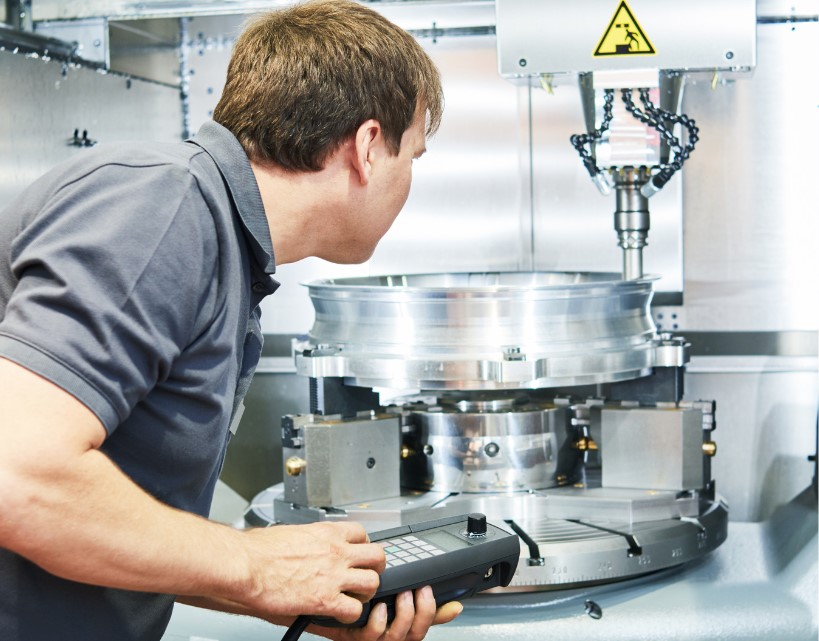CNC machining has become an important factor in modern engineering. It is changing the way we design and produce intricate parts. CNC machines are able to attain unrivalled precision. The field of automation in the industrial sector is evolving and evolving moving from CNC Machines to CNC Mills. Australia is at the forefront of the technological revolution.

CNC machineries are based on subtractive manufacturing. It is a process of eliminating materials, and not adding them, to transform raw materials into precision-crafted parts. CNC Machines, the wonder of technology that lies at the center of this innovation are the foundations of precision manufacturing.
CNC machines are controlled and directed by computer systems using digital technology that automate industrial machinery. High-speed cutters in a CNC machine are guided by this digital code, which enables them to achieve the most precise results while making solid blocks into the desired shapes. The synergy between computers and CNC Machines is particularly evident in larger-scale industrial facilities, which are integrated seamlessly to increase productivity and efficiency.
The mechanisms of CNC milling are complex and fascinating. CNC Mills start with a solid block of material, and use high-speed cutters in order to form the shape you want. CNC machining is preferred by industries that demand accuracy because of the precision it can achieve.
Australia’s CNC Machine scene is thriving. Modern technology and an booming industrial sector are creating new opportunities. CNC Machine Australia has a flourishing technological landscape including industries such as aerospace, automotive, electronics and electronic that utilize CNC machines to improve precision and efficiency.
CNC Mills will play a crucial role in shaping the manufacturing industry’s future. They are guided by computerized code, exhibit versatility in making precise parts for a wide array of industries. CNC Mills are now indispensable equipment for manufacturers and engineers due to their efficiency and accuracy.
CNC machined parts offer many benefits that surpass the limits of conventional manufacturing. One of the key benefits is the ability to produce highly intricate and complex parts with a consistent level of precision. CNC Machines also have digitalization and allow for rapid prototyping. This reduces the cost and time involved with traditional manufacturing methods.
CNC Machine Tools, another essential element of the technological system, are a significant contributor to the efficiency of CNC machine. They cover a broad variety of instruments to help in machining that includes finishing and drilling up to cutting and shaping. The combination of CNC Machines and CNC Machine Tools creates an efficient workflow, increasing precision while reducing waste.
CNC Machining’s revolutionary capabilities have been welcomed by industries of all types. In the aerospace industry, CNC machining plays a crucial role in the creation of intricate components that demand the highest level of precision and reliability. CNC machining’s efficiency is beneficial to the energy industry which produces complex components for machines and other infrastructure.
CNC machineries are used in many industries which include the automotive and electronic industries. CNC machines can create the complex components required in electronic devices, and the precision needed in automotive engineering. From creating components for engines to shaping complex electronic circuits CNC machining proves its worth across diverse applications.
CNC Machining is revolutionizing the way we work in the field of manufacturing. CNC Machines are the basis of this revolutionary technology. CNC Mills and CNC Machine Tools are the three pillars. CNC machining’s precision, efficiency and versatility continue to influence the future of engineering Australia and around the world. They are helping to pave the way for high-quality and innovative practices across all industries.
